-
Amateur astronomer captures ghostly outer shell of the Cat’s Eye Nebula (photo)
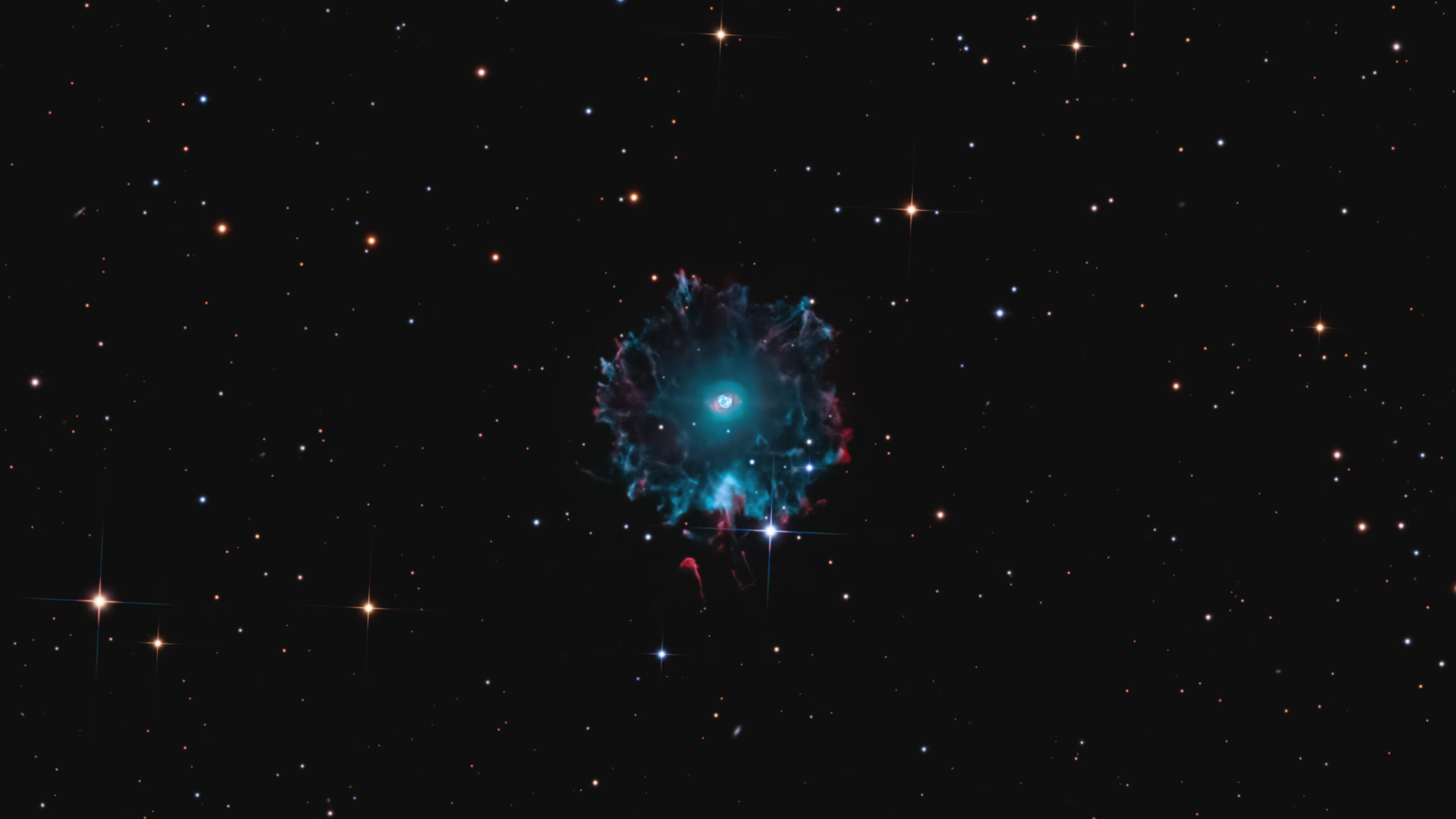
The Cat’s Eye Nebula, photographed by Emil Andronic. (Image credit: Emil Andronic.) Amateur astrophotographer Emil Andronic has captured a striking image of the Cat’s Eye Nebula from his home in Hertfordshire, United Kingdom, showcasing the tenuous outer structure of the famous deep-sky object. The Cat’s Eye Nebula, also known as NGC6543, formed when an aging…
-
Turning the Red Planet green? It’s time to take terraforming Mars seriously, scientists say
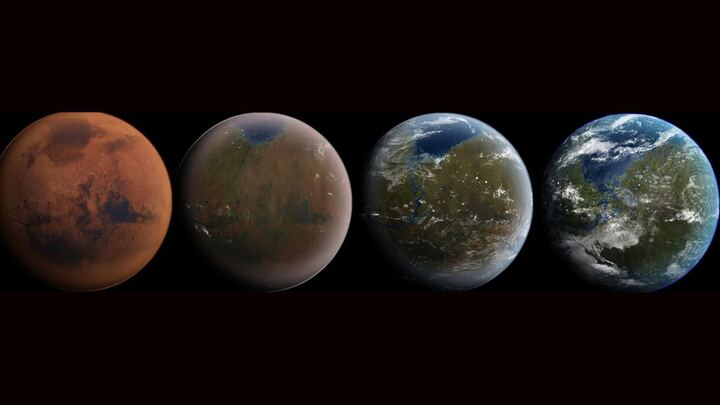
The concept of terraforming Mars — transforming the planet’s climate to support life as we know it — has long belonged to the realm of science fiction. But a new study argues that it’s time to take the idea seriously. “Thirty years ago, terraforming Mars wasn’t just hard — it was impossible,” said Erika DeBenedictis,…
-
Super-magnetic dead star throws a violent temper tantrum as NASA X-ray spacecraft looks on
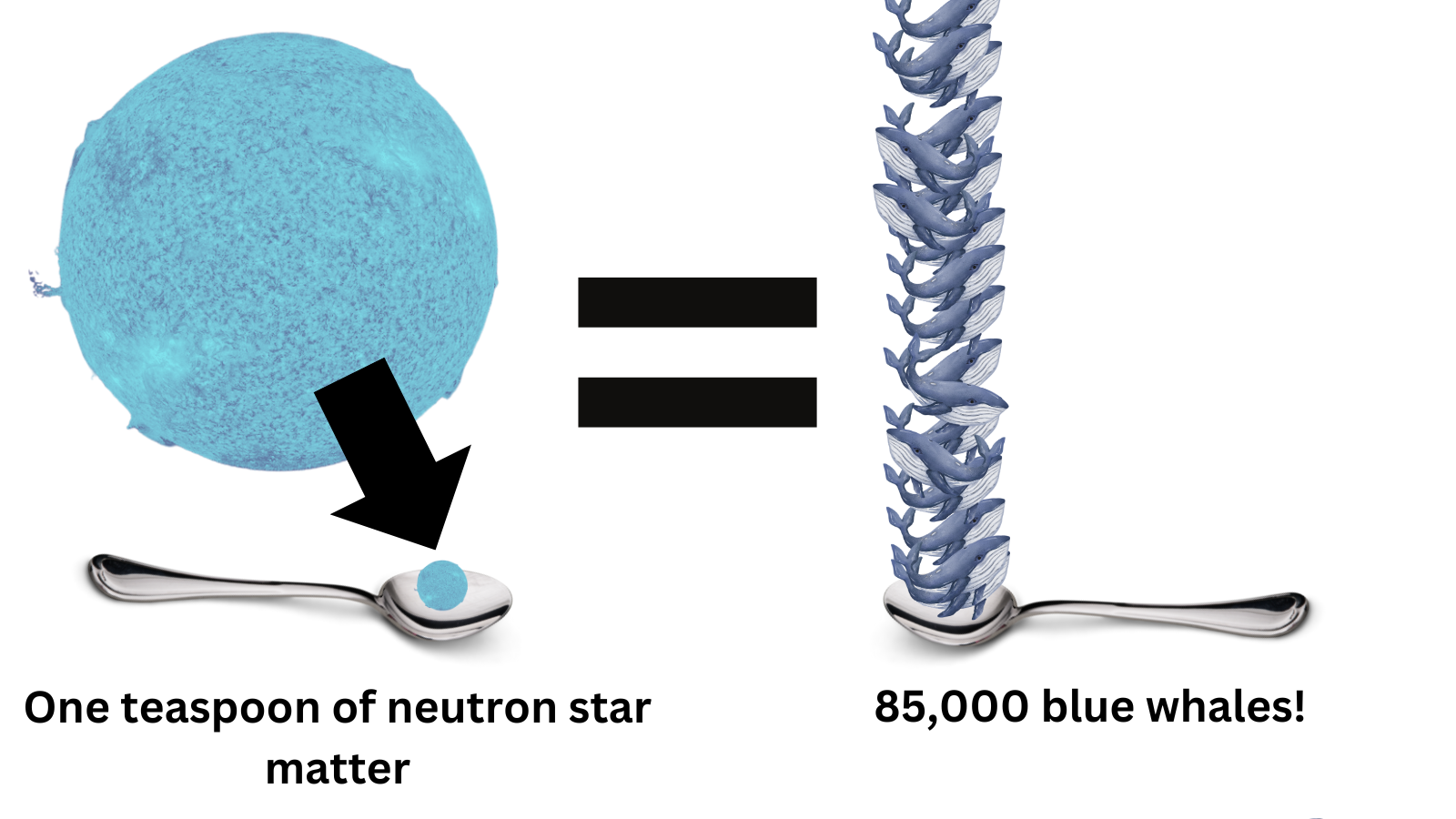
Using NASA’s Imaging X-ray Polarimetry Explorer (IXPE) spacecraft, astronomers have made detailed observations of a highly magnetic dead star or “magnetar” as it threw a massive tantrum. The observations mark the first time that the polarization of X-rays from a magnetar, neutron stars possessing the most powerful magnetic fields in the known universe, have been…
-
Perfectly shaped cosmic bubble in space baffles astronomers
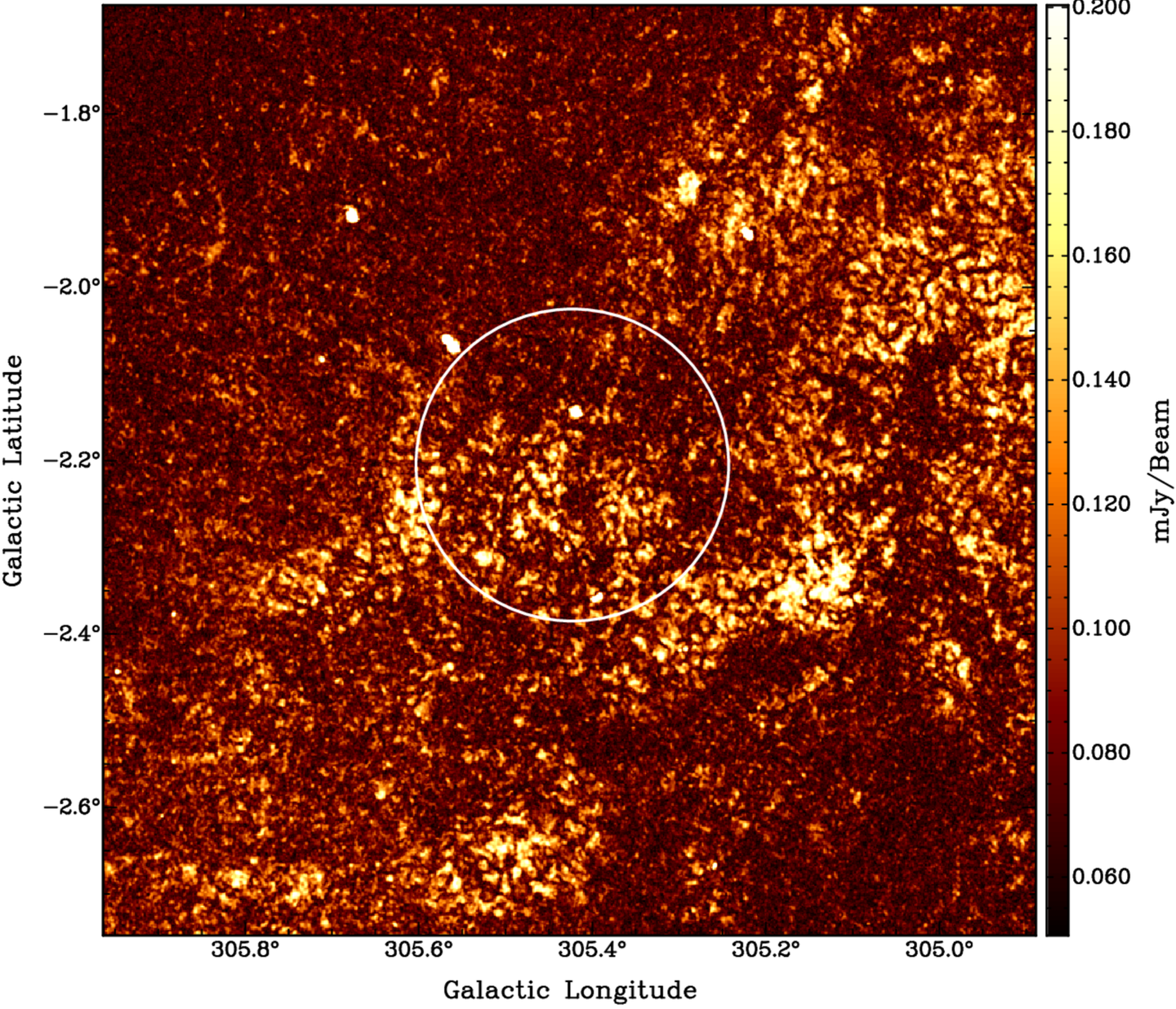
Astronomers have spotted something remarkable hiding in the depths of the Milky Way—a nearly perfect circle formed from the debris of an exploded star. Known as Teleios, from the Greek word meaning “perfect,” this mysterious bubble has caught scientists’ attention due to its exceptional symmetry and puzzling features. The discovery was accidental. Astrophysicist Miroslav Filipović…
-
Confirmed – NASA captures mysterious frozen disc in space, and astronomers believe it is key to the evolution of solar systems
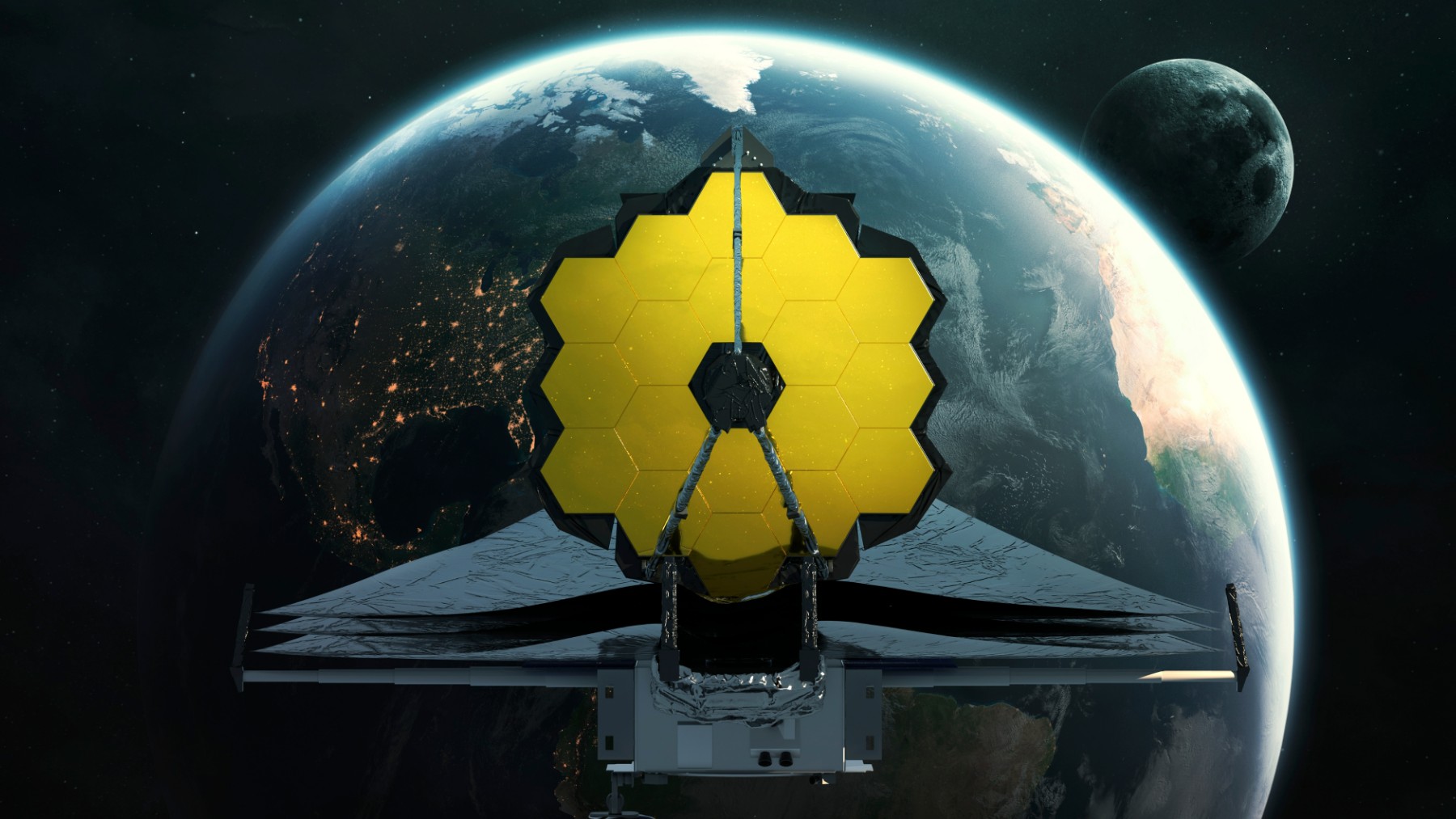
NASA keeps surprising us, this time, it has detected a frozen disk in space, and not just any disk. This gigantic ring of ice, dust, and rocks was found around a young star similar to the Sun. But what really left scientists speechless wasn’t just its size, which spans about 37 trillion kilometres, but its…
-
‘Cosmic miracle!’ James Webb Space Telescope discovers the earliest galaxy ever seen
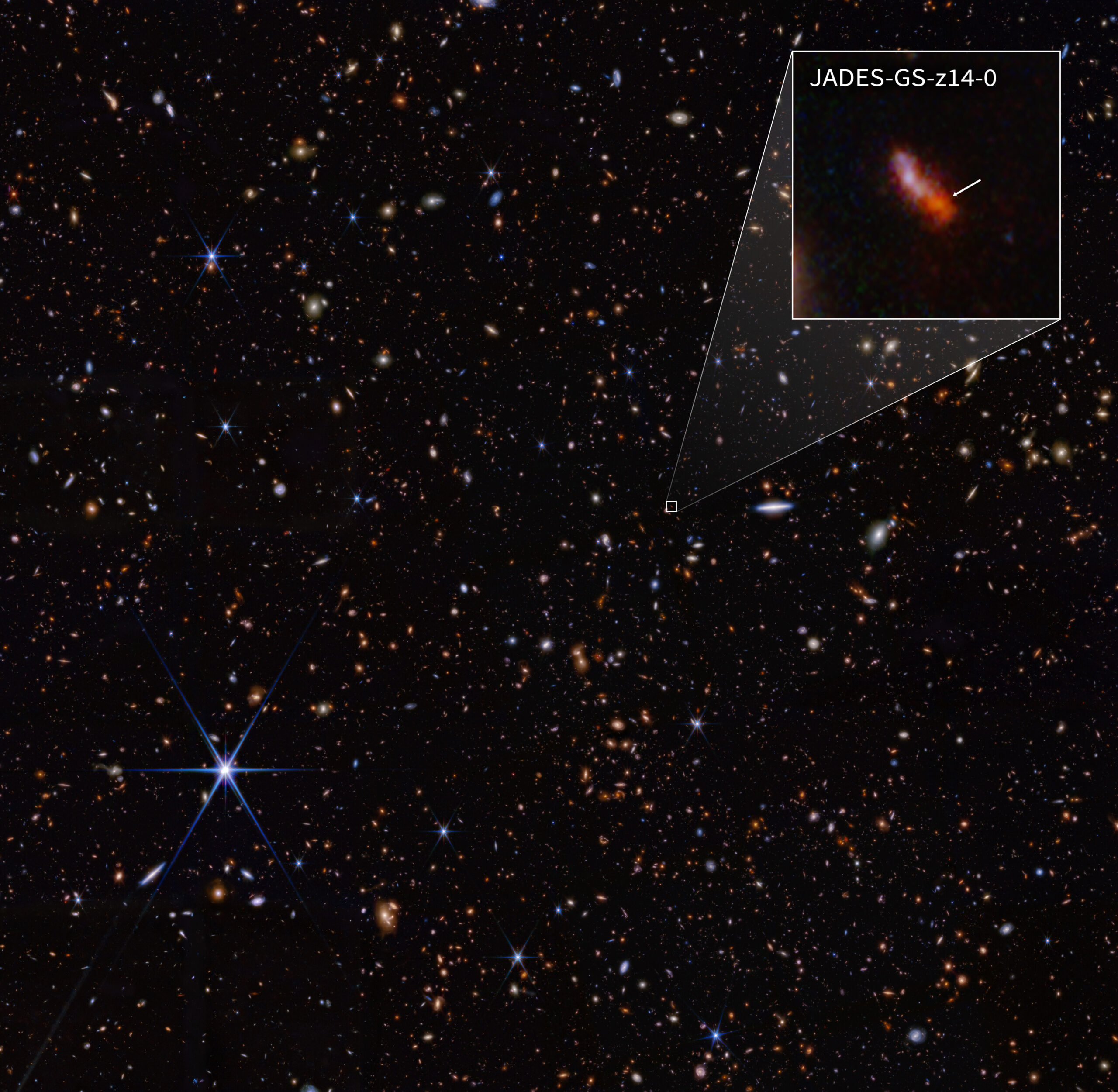
The James Webb Space Telescope (JWST) excels at a lot of things, but there are two things it does better than any other scientific instrument in human history: spotting early galaxies and breaking its own records! Now, the $10 billion NASA space telescope has done both things again, detecting a galaxy that existed just 280…
-
NASA Space Apps Challenge 2025 | Physics and Astronomy
Bringing the world’s largest annual global hackathon to Waterloo On October 4–5, 2025, this two-day hackathon will bring together a diverse community of technologists, scientists, engineers, designers, and storytellers in the Waterloo region to build innovative projects and prototypes that address real-world problems using NASA’s open data. Local participants will join thousands of people worldwide…
-
Invisible radiation leaking from private satellite ‘megaconstellations’ could ruin radio astronomy forever, experts warn

If you look up at the sky on a clear night, shortly after one of SpaceX‘s many Falcon 9 rocket launches, you might see a bright string of lights zooming across the heavens. This phenomenon, known as a Starlink train, occurs when light reflects off a newly deployed batch of SpaceX satellites before they eventually…
-
Scientists found a possible new dwarf planet — it could spell bad news for Planet 9 fans
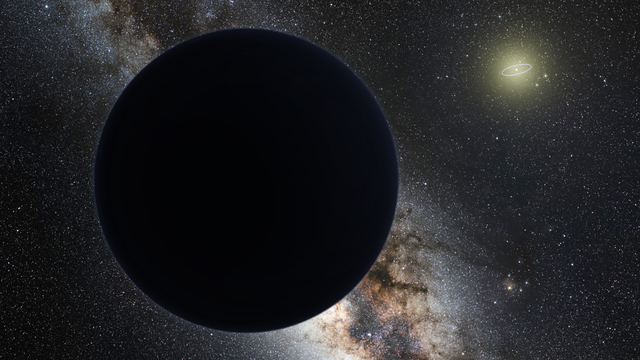
A potential new dwarf planet has been discovered in the outer reaches of the solar system, and its existence poses the greatest challenge yet to the hypothesis that a ninth planet lurks far from the sun. “We were very excited to discover 2017 OF201 because it was not expected at all,” study leader Sihao Cheng…
-
Astronomers discover black hole ripping a star apart inside a galactic collision. ‘It is a peculiar event’

Astronomers have taken a detailed look at a rare and incredibly violent cosmic event resulting from an unfortunate star venturing too close to a supermassive black hole. The team behind the research hopes it could reveal more about how such events, dubbed “tidal disruption events” or “TDEs,” influence the evolution of their host galaxies. These…